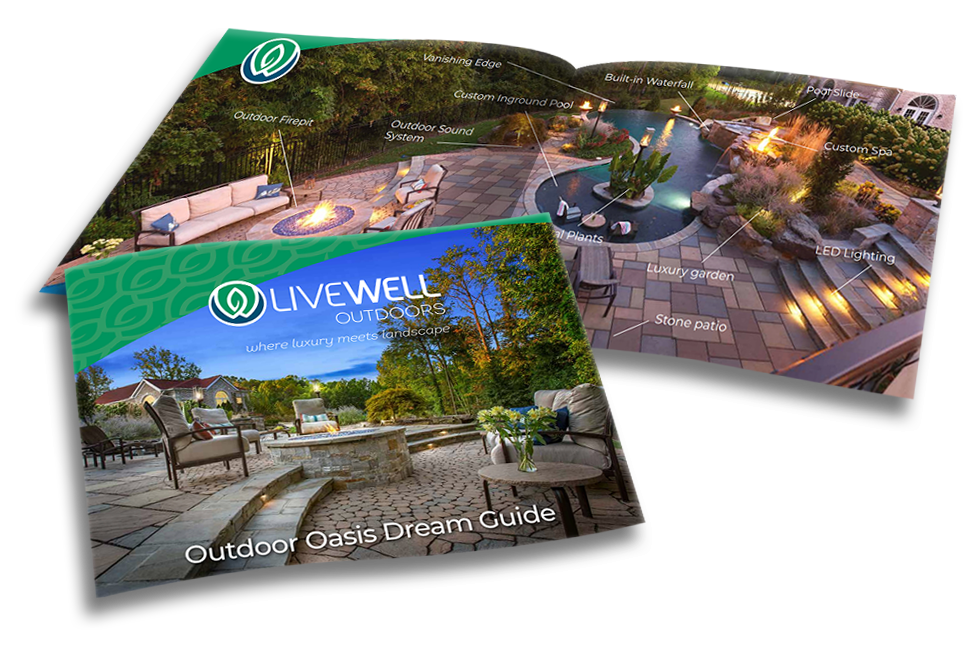
Have a shaded spot in your yard where grass just won’t grow? You’re not alone—shady areas are one of the most common landscaping challenges. But instead of ignoring them, why not transform them into something beautiful?
With the right shade garden design, you can turn even the darkest corners of your yard into vibrant spaces full of color, texture, and character. With smart plant choices and the right hardscaping, a shady space can become one of the most low-maintenance and visually striking parts of your landscape.
Designing for shade is different from planning for full sun, but it’s just as rewarding. Whether you're working with dappled light beneath trees or deep shade near a building, the key is to embrace the environment instead of fighting it.
A successful shade garden design includes layers of height and texture. Think groundcovers under taller perennials, bordered by ferns and compact shrubs. Use curves to soften lines and select plant combinations that look great even when they’re not in bloom. The goal is to create a space that feels natural yet polished—like your own private woodland escape.
The foundation of any great shade garden is the plants. Instead of forcing grass or sun-loving flowers to survive in low light, fill your beds with plants that grow in shade and actually thrive there. Native plants are especially smart choices—they’re low-maintenance, drought-tolerant, and support pollinators.
Here are a few favorites for Maryland and similar climates:
These perennial shade garden ideas are just the start. For even more options, check out this Maryland Native Plant Society’s excellent plant selection guide.
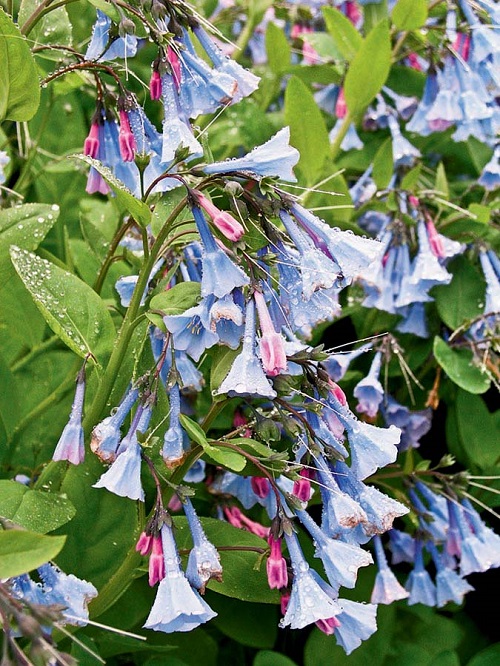
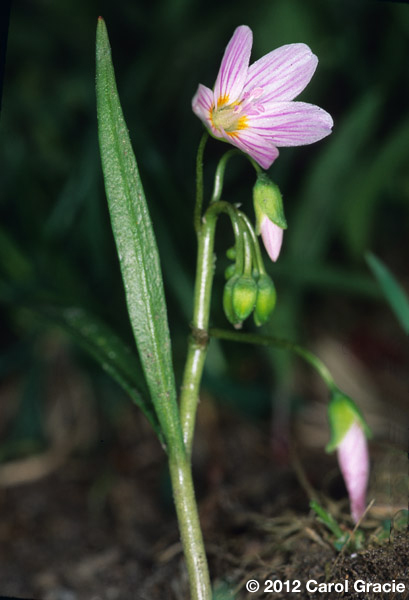
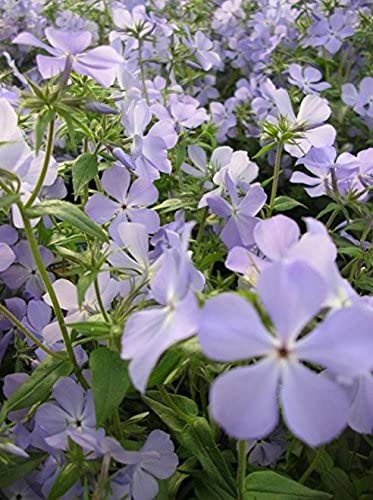
Image credits: Monrovia.com (Virginia Bluebells), NYBG.com / Carol Gracie (Spring Beauty), Amazon.com (Wild Blue Phlox)
Add structure and year-round appeal with shade-loving shrubs. These are perfect for defining pathways, anchoring beds, or filling in large areas where smaller plants might struggle.
A few standout options include:
These shrubs pair beautifully with other shade-loving plants and create a natural flow throughout the garden.

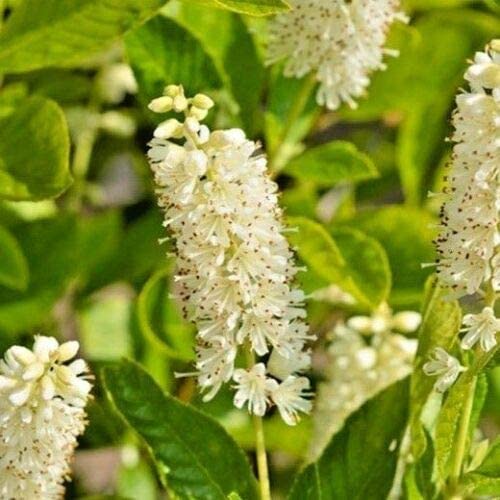
Don’t settle for just greens—there are plenty of flowers that do well in shade and brighten up low-light spots with ease. Plant them in clusters for more impact or tuck them into foliage-heavy beds for a softer look.
Try these colorful picks:
These flowers that like shade work well alongside ferns, hostas, and native perennials to bring your garden to life.
Once your planting plan is in place, it’s time to think about the space as a whole. Shady areas benefit tremendously from hardscaping, which gives form, function, and contrast to your garden.
Hardscaping ideas that work beautifully in shade include:
Since plants can grow more slowly in shade, hardscaping helps fill the space visually and makes it feel complete year-round. It also reduces maintenance in areas where grass struggles or erosion is an issue.
Since shaded areas often stay damp, they can attract mosquitoes. Luckily, some shade garden plants help keep bugs away naturally. Try:
These plants offer beauty with a bonus benefit—less bug spray needed!
A well-designed shade garden can elevate your entire yard—but figuring out where to begin can be tricky. If you’re working with a large space, sloped terrain, or simply want professional support, a landscape design team can help bring your vision to life.
At LiveWell Outdoors, we specialize in transforming shady, underused spaces into beautiful, functional retreats with the right balance of plants and hardscaping. Whether you're dreaming of a woodland path, a peaceful corner, or a pollinator-friendly zone, we’ll help you make it happen.
Schedule a consultation today, and let's design the shade garden you've been imagining!
